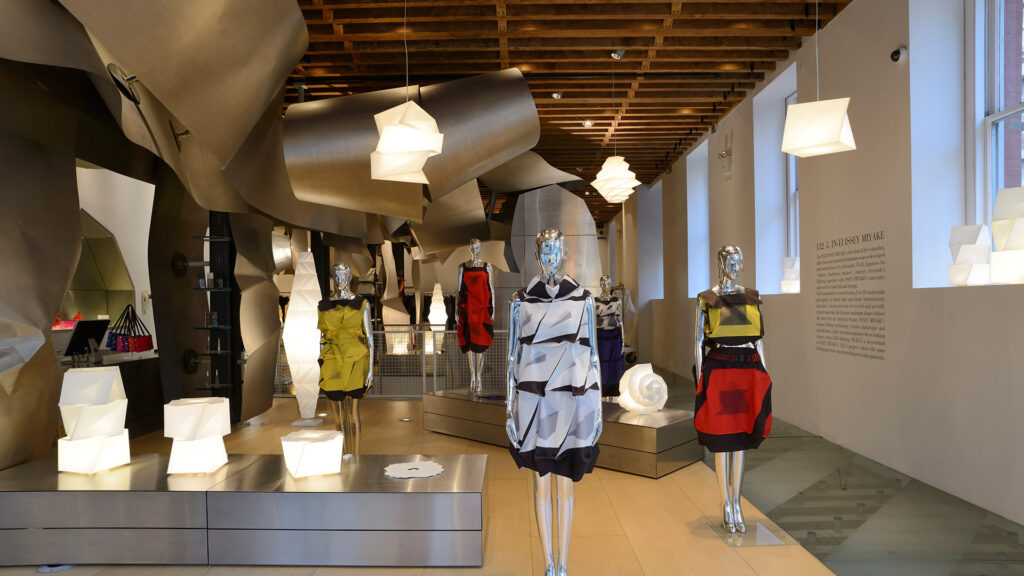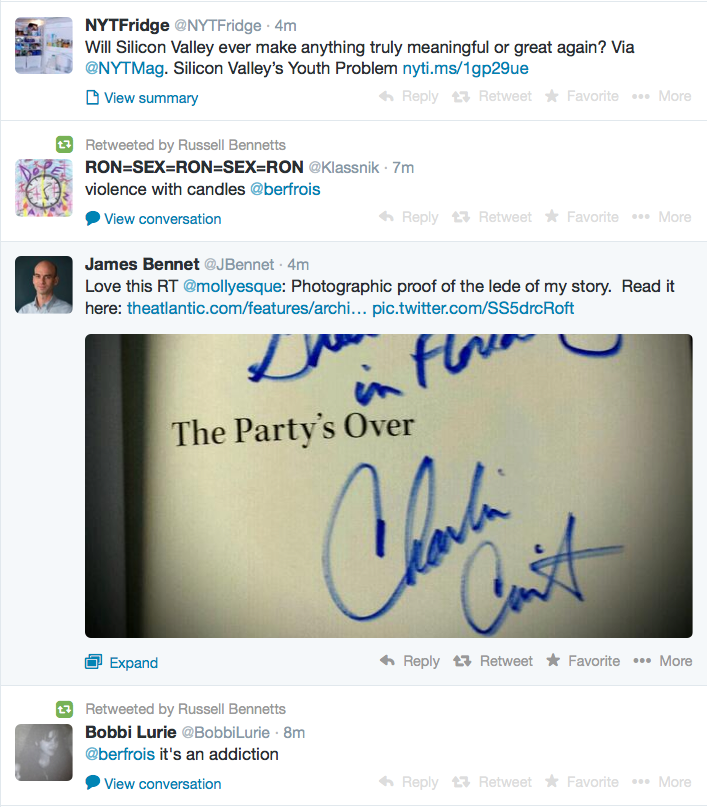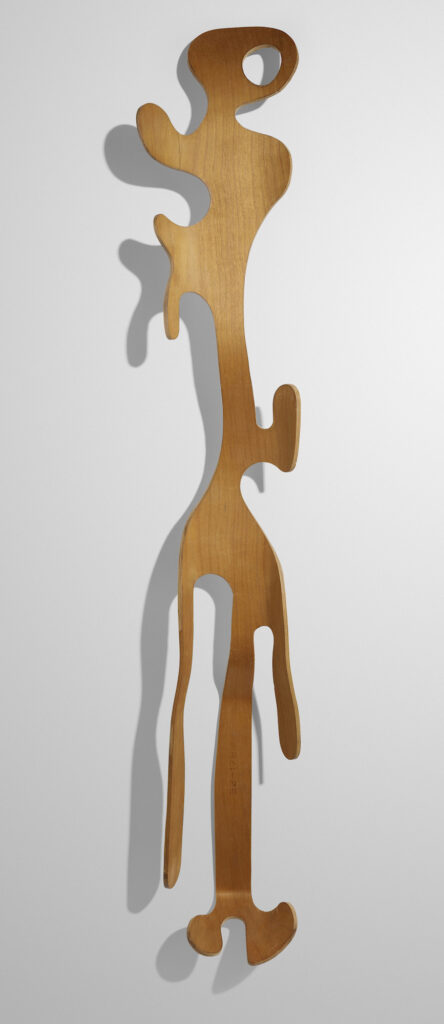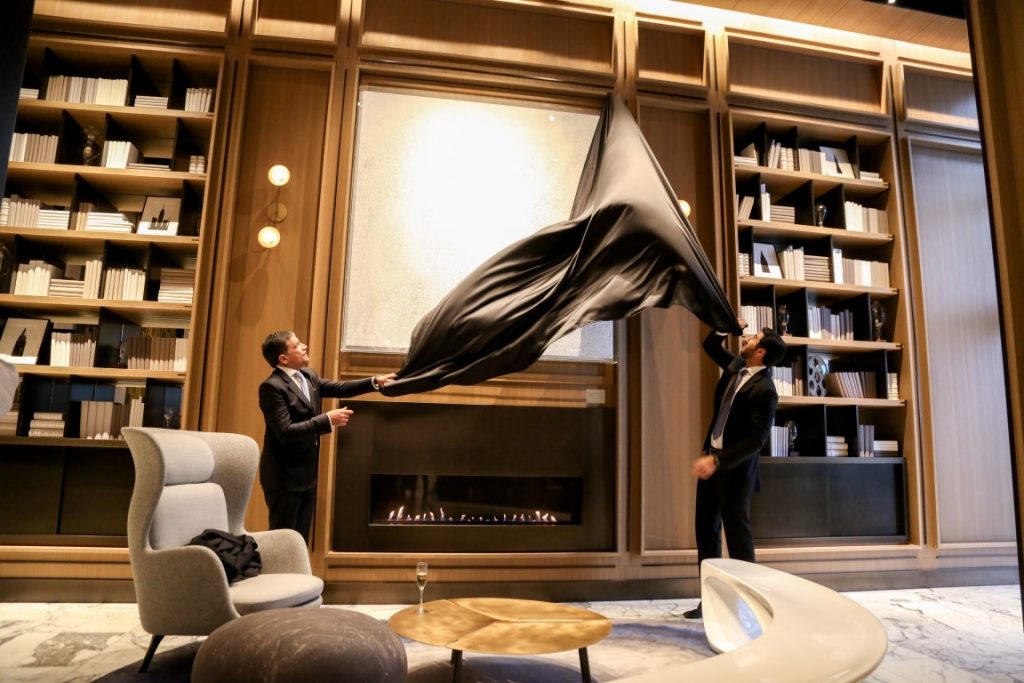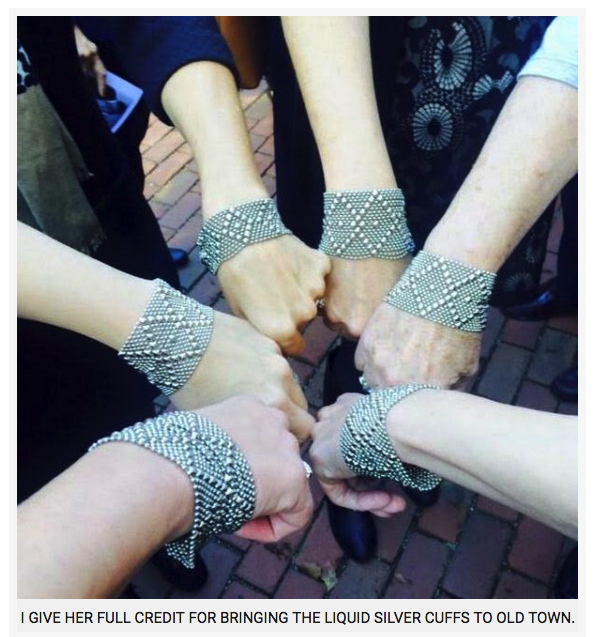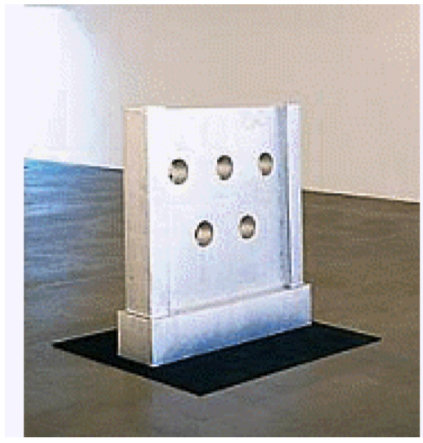
Jim Long’s Summer 2002 essay in the Brooklyn Rail on Barnett Newman’s crisis with painting in the mid-1950s, and the one painting he managed to make in two years, Uriel (1955), is great and insightful, but the last two paragraphs, one his, and one quoted from Newman, came out of nowhere and left me absolutely stunned:
“There is one more story that properly belongs to the period of Newman’s hardest struggles. In 1968, during the social and political events and dialogue, the publisher of Horizon Books asked Newman if he could publish a volume of his essays, notes, and statements. Newman replied that he would prefer it if Horizon would republish Peter Kropotkin’s Memoirs of a Revolutionist, and that he would write an introduction, in the hope of making a contribution to the dialogue going on within the Left. Horizon agreed, and in Newman’s introduction he allowed himself only one small personal digression:
In the ’40s, when artists got together of an evening, there was always someone who insisted on playing surrealist games. I recall one evening when everyone in the room had to say what destroyed him. I remember what I said. I said that I felt destroyed by established institutions. I was surprised to hear one of the artists present say that what destroyed him were people. He was perhaps wiser than I, for I had to go through that Darwinian lesson. Looking back, I think we were both right, because only those people practice destruction and betrayal who hunger to accept completely the values of the establishment in which they seek a place. It’s the establishment that makes people predatory.
Uriel was purchased in 2021 by Ken Griffin, in a deal organized by James Meyer and Iwan Wirth, for an undisclosed nine-figure price.



